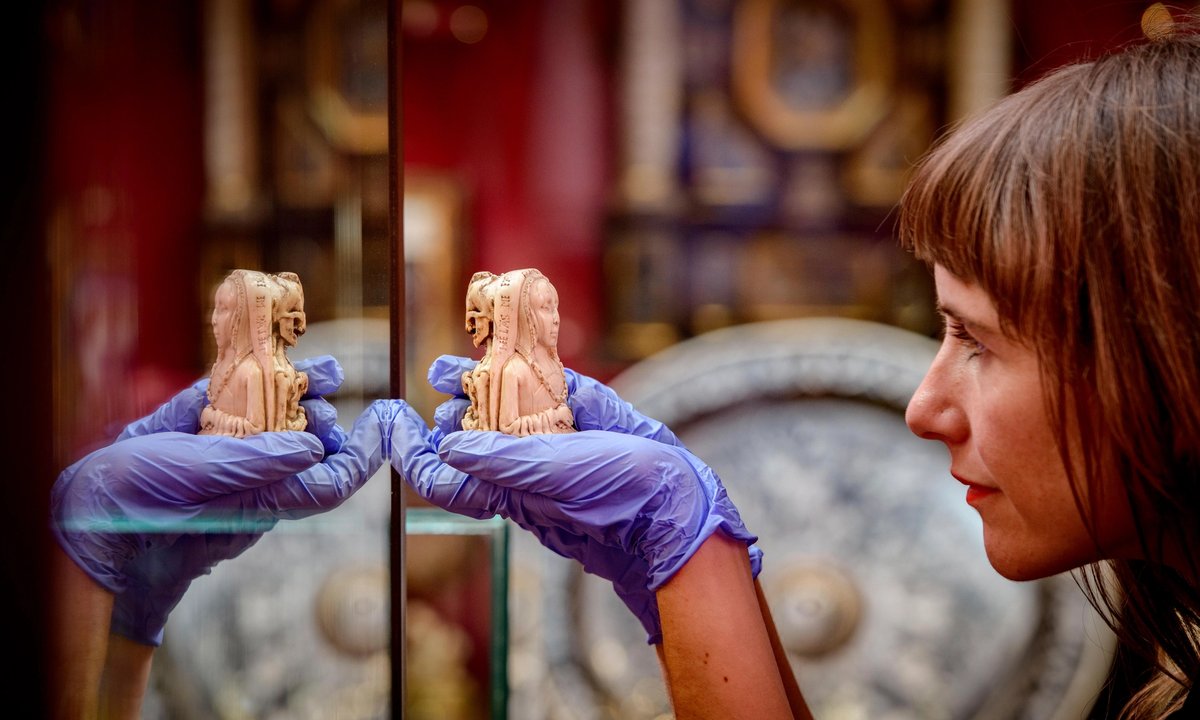English Heritage has launched a major fundraising appeal to help care for—and shed new light on—the more than a million historic artefacts in its collection.
The charity currently spends £600,000 a year caring for a vast array of objects, but rising costs and funding pressures have put a severe strain on the the organisation’s ability to maintain its possession.
The items held in its storage facilities or on display at its more than 400 locations around the country are an eclectic mix. They include a prehistoric stone “core” from Stonehenge, extracted from one of its sarsen stones during conservation work in the 1950s; more than 60,000 coins; and 2,800 paintings, statues and sculptures; and personal items such as a pair of Queen Victoria’s stockings.
In 2015 the UK government made English Heritage a self-financing charitable trust, without any government funding.
Kevin Booth, English Heritage’s head collections curator, said in a statement: “It is near impossible to imagine a million of anything, it’s such a gargantuan number, but at English Heritage, when we took on the 400 historic buildings in our care, a million and more historic artefacts came with them, that is our reality. As the guardians of England’s heritage, we take our job of looking after these objects very seriously as not only are they priceless, they’re also an irreplaceable portal to the past. From storage to caring for, cataloguing, discovering, acquiring or putting on display, it’s a huge and expensive undertaking, and we need the public’s help.”
The charity hopes the Million and More fundraising appeal will allow its staff to undertake new research on items in its collection. These include the bones of what could be England’s last wolf, which was buried at Fountains Abbey in North Yorkshire in the 1500s.
A large canine, discovered buried in Fountains Abbey in Yorkshire, could challenge our understanding of when wolves became extinct in England. The bones are currently being tested to discover if it is England’s last wolf
Photo: English Heritage
There are also 7,000 Roman-era glass shards from excavations at Corbridge on Hadrian’s Wall, meanwhile, that need to be identified, catalogued and photographed, to hopefully allow for new insight on Roman trade routes. Experts at the charity also wish to use infra-red and x-ray scanning to get a closer understanding of the methods used to create a number of paintings by famous historic artists such as Titian and Joshua Reynolds.
The fundraising campaign, which has no set target, is live as of today (8 October) on a dedicated English Heritage webpage.

